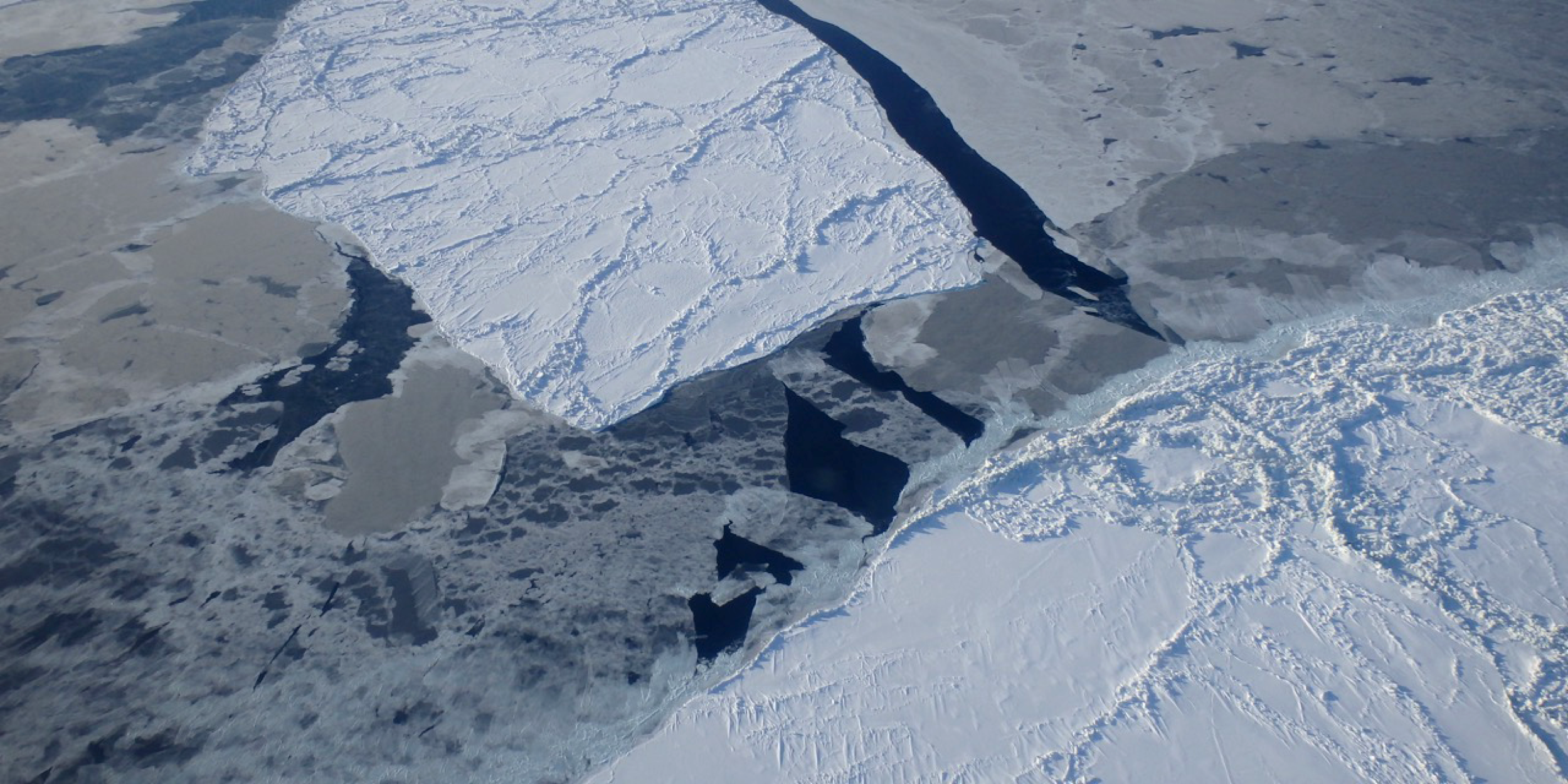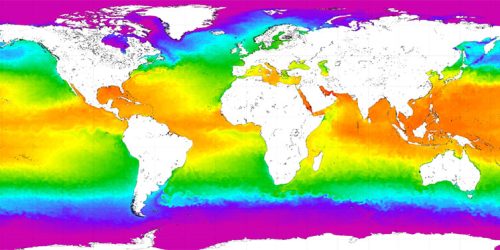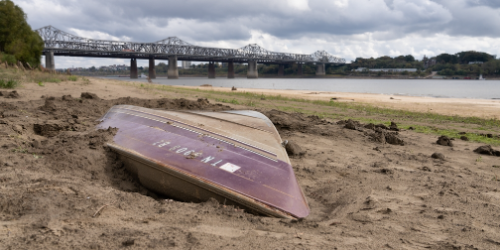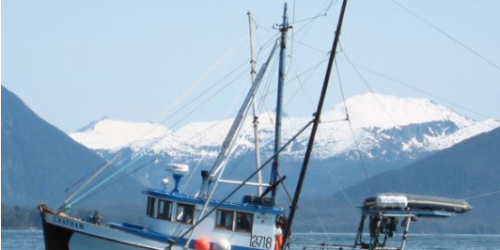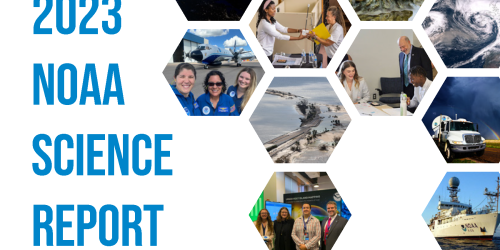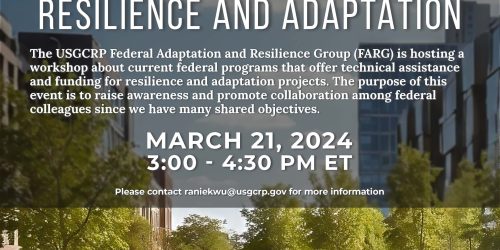

A study published on Nature Climate Change reports that natural variability could be responsible for up to 50 percent of the September Arctic sea ice decline since 1979.
The findings of the study do not question the role of human-caused warming in sea ice decrease in the Arctic. They show that naturally-occurring atmospheric changes also influence sea ice decline.
Understanding the proportional roles of human-emitted greenhouse gases versus those of internal natural variability is challenging. These findings are an example of how understanding natural climate variability can improve predictions of sea-ice coverage at short and long term scales.
This study was supported by the Climate Variability and Predictability program.
Read the paper
Abstract
The Arctic has seen rapid sea-ice decline in the past three decades, whilst warming at about twice the global average rate. Yet the relationship between Arctic warming and sea-ice loss is not well understood. Here, we present evidence that trends in summertime atmospheric circulation may have contributed as much as 60% to the September sea-ice extent decline since 1979. A tendency towards a stronger anticyclonic circulation over Greenland and the Arctic Ocean with a barotropic structure in the troposphere increased the downwelling longwave radiation above the ice by warming and moistening the lower troposphere. Model experiments, with reanalysis data constraining atmospheric circulation, replicate the observed thermodynamic response and indicate that the near-surface changes are dominated by circulation changes rather than feedbacks from the changing sea-ice cover. Internal variability dominates the Arctic summer circulation trend and may be responsible for about 30–50% of the overall decline in September sea ice since 1979.


